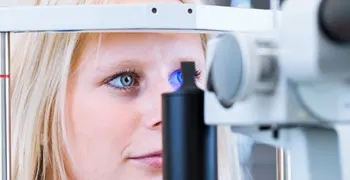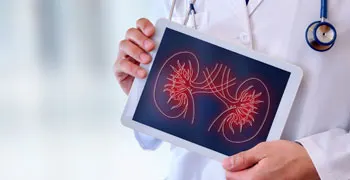
A spinal cord injury refers to any injury to the spinal cord that is caused by trauma instead of disease


Muscular Dystrophy is a hereditary condition marked by progressive weakening and wasting of the muscles.


Retinitis Pigmentosa is a chronic hereditary eye disease characterized by black pigmentation


Optic nerve damage is any kind of injury or damage to the optic nerve, including trauma, inflammation, disease or deterioration.


The motor neuron diseases (MND) are a group of neurological disorders that selectively affect motor neurons.


Chronic kidney disease (CKD), also known as chronic renal disease (CRD), is a progressive loss in renal function


The liver, which is located above the right of the abdomen, is a vital organ to the human body.


Cerebral Palsy is a condition marked by impaired muscle coordination (spastic paralysis) and/or other disabilities,


Autism is a mental condition, present from early childhood, characterized by great difficulty in communicating


Your family is very thankful to stem call cure india for being there for us.the doctors were very understanding and the staff made it a point to see that we were comfortable during the treatment. It was a very claming experience.

Your family is very thankful to stem call cure india for being there for us.the doctors were very understanding and the staff made it a point to see that we were comfortable during the treatment. It was a very claming experience

Highly trustworthy! From consultation to follow-up, the team was responsive and dedicated. Excellent facilities and patient-focused approach!

Excellent customer service and straight away got some improvement as my eye points stop hurting when i press them so and still on the healing process. Very experienced doctor and lovely people Happy with it.

My father recovered well after stem cell treatment for his MND disease treatment. He has seen very good improvements and now my father is more better and even disease also almost stopped. I am very much thankful to specially Mr. Prashant Tyagi" and their neurr doctors team who advised me to try this stem cell treatment.

Stem Cell Cure India made me believe in the treatment right from the first consultation. The doctors went through the therapy in depth and the staff was always there to help. I was secured and respected during my procedure.

Amazing experience at Stem Cell Cure India. Doctors were very considerate, the personnel was very nice, and the whole process was very well organized. Strongly recommend for anyone who is considering stem cell therapy in Delhi.
The fees mentioned are provided as an approximate estimate only. Actual charges may vary depending on the complexity of your medical condition, the treatment plan recommended by our specialists, and any additional services required during your care.
Book Your Consultation Today – Begin Your Healing JourneyTotal No Of Cases Success Rate
Years Experience
No Of Cases
Success
